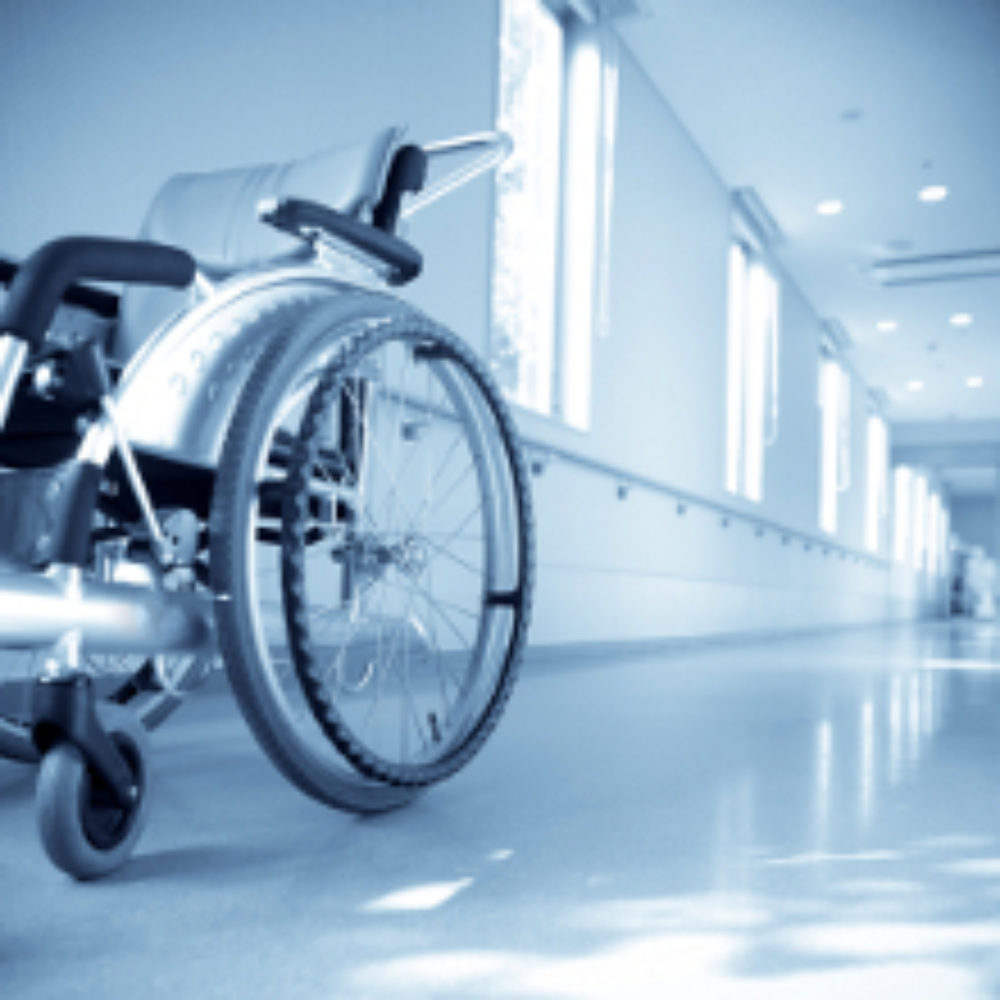Hospital Bedsores Linked to Increased Risk of Death: Study

Patients who developed hospital bedsores, also known as pressure sores or decubitus ulcers, are more likely to die during their hospital stay and overall have longer hospitalization periods, according to the findings of new research.
A study published in the current issue of the Journal of the American Geriatrics Society reviewed data on more than 51,000 patients from multiple Medicare eligible hospitals across the country between in 2006 and 2007.
Researchers found a link between patients who developed newly hospital-acquired pressure ulcers, commonly known as bedsores, and an increased likelihood of death, prolonged hospital visit and hospital re-admittance 30 days after the initial stay.

Did You Know?
Millions of Philips CPAP Machines Recalled
Philips DreamStation, CPAP and BiPAP machines sold in recent years may pose a risk of cancer, lung damage and other injuries.
Learn MoreMore than four percent of patients tracked in the study developed a new bedsore during their stay in the hospital. Those patients were more than three times as likely to die during hospitalization than those who did not develop bedsores.
These patients also had a much higher chance of hospital stay increase. Patients without bedsores had an average stay of four days, while patients who developed bed sores had stays more than twice as long at 11 days.
Overall, patients with newly hospital-acquired pressure ulcers also had a higher risk of readmission to the hospital within 30 days and were two times higher mortality rate within 30 days after discharge from the hospital.
Prevention of Hospital Bedsores
Bedsores develop on the skin when an area is repeatedly rubbed or something is pressed against the skin for a long period of time. The pressure reduces the blood flow in the area, which can result in skin deterioration and an ulcer can form.
These pressure sores typically occur in bony areas of the body, such as the elbows, hips, shoulders, heels, back and the back of the head. Early symptoms may include red skin that worsens over time. The area can also develop a blister which turns into an open sore.
Patients who require prolonged stays in bed or a wheel chair are at higher risk for developing bedsores, as are people who cannot move parts of their body because of injury or disease that inhibits blood flow. Malnourishment is also a common cause for bedsores.
The occurrence of bedsores has increased an astounding 80 percent since 1993, according to a 2008 government from the Agency for Healthcare Research and Quality. Most bedsores were found on patients 65 years old and older, and the average cost associated with bedsore treatment is more than $40,000, according to Medicare records.
Prior research indicates hospital bedsores are preventable through diligent care by caregivers, nurses, nursing assistants and nutritionist. Such consistent care efforts can reduce the occurrence of bedsores by 69 percent.
Patients who are at higher risk of bedsores are advised to change position every two hours, use pillows and foam padding to help reduce pressure on the areas, drink plenty of water and to keep skin clean and dry, especially following urination and bowel movements.
Get more articles like this sent directly to your inbox.
"*" indicates required fields





0 Comments